Hungarian Paprika: The Fiery Jewel of Global Spice Traditions
If you've ever tasted a warm bowl of goulash or marveled at the vibrant red hue of Hungarian dishes, you’ve likely encountered the magic of Hungarian paprika. This spice is far more than just a color enhancer — it's a symbol of national pride, culinary tradition, and a complex flavor profile that can elevate any dish from mundane to magnificent. In this blog post, we’ll dive into the history, varieties, uses, and little-known secrets of Hungarian paprika that will make you see your spice rack in a whole new light.
Table of Contents
- A Brief History of Hungarian Paprika
- The Many Faces of Hungarian Paprika: 8 Varieties You Should Know
- Cooking Like a Hungarian: Practical Tips & Tricks
- Health Benefits Beyond the Heat
- How to Store Hungarian Paprika for Maximum Flavor
- Buying Guide: How to Choose the Real Deal
- Fun Facts That Will Make You the Star of Your Next BBQ
- Conclusion: Embrace the Spice of Life
🌶️ A Brief History of Hungarian Paprika
Let’s rewind to the 16th century when the Turks brought peppers from the New World to Hungary. The locals weren’t thrilled with the idea of smoking tobacco (another gift from the Americas), but they quickly fell in love with the bright red pods. Soon, farmers were drying and grinding them into powder, creating what we now know as paprika.
By the 19th century, paprika had become a staple in Hungarian kitchens, replacing expensive black pepper. The region of Szeged and Kalocsa became the epicenters of paprika production, thanks to their ideal climate and fertile soil.
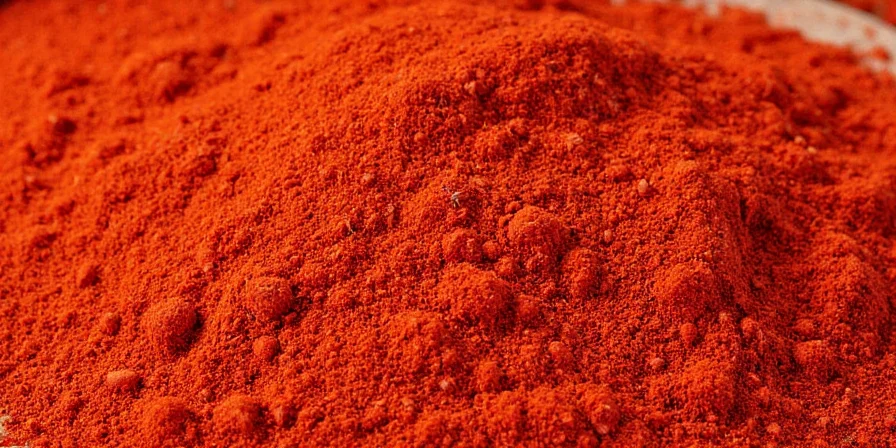
🎭 The Many Faces of Hungarian Paprika: 8 Varieties You Should Know
Contrary to popular belief, not all paprikas are created equal. In fact, Hungary has developed eight official grades of paprika, each with its own heat level, sweetness, and intensity:
| Variety | Heat Level | Description |
|---|---|---|
| Különleges | Mild | Sweet, rich, and aromatic — often used in sauces. |
| CSIPERKE | Mild to Medium | Bright red and slightly smoky; great for soups. |
| Édes Csípős | Medium | A sweet yet spicy blend perfect for stews. |
| Csípősmentes Klasszikus | Mild | The classic choice for goulash lovers. |
| Rózsa | Mild | Delicate and floral; often used in rice dishes. |
| Edes | Mild | The sweetest variety — almost fruity in flavor. |
| Félédes | Medium | A balanced mix of sweet and spicy. |
| Csípős | Hot | Bring on the heat! For bold flavor seekers only. |
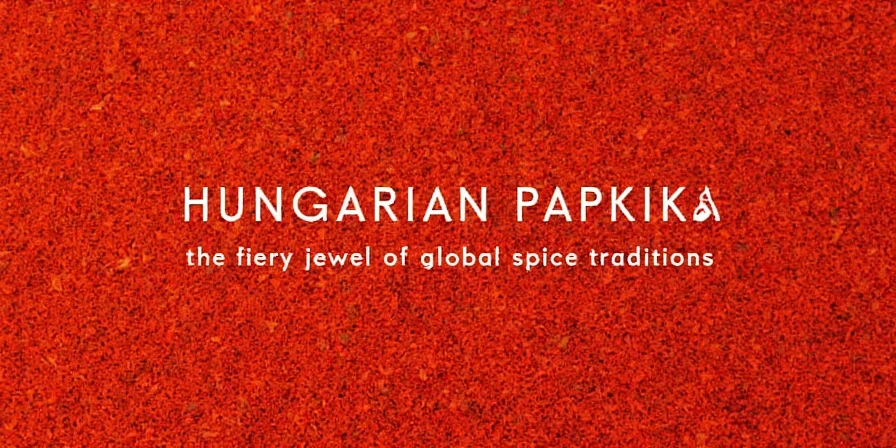
🍲 Cooking Like a Hungarian: Practical Tips & Tricks
Now that you’re acquainted with the different types, let’s get cooking! Here are some pro tips to help you make the most of Hungarian paprika:
- Don't Burn It! Paprika scorches easily. Always cook it briefly in fat (like oil or butter) before adding liquids. If it starts to smell bitter, start over — burnt paprika ruins dishes.
- Pair With Protein: It shines with fatty meats like pork, chicken, and smoked sausage. Try sprinkling it on grilled lamb chops for a Hungarian twist.
- Add at the Right Time: For maximum color and flavor, add paprika early in slow-cooked dishes. For fresh vibrancy, sprinkle it on at the end.
- Dry Brine Like a Pro: Mix paprika with garlic powder, salt, and brown sugar for a killer dry rub. Let meat sit for a few hours before roasting or grilling.
- Don’t Forget Dessert! Believe it or not, a pinch of sweet paprika can enhance chocolate desserts and spiced cakes. Just keep it subtle!
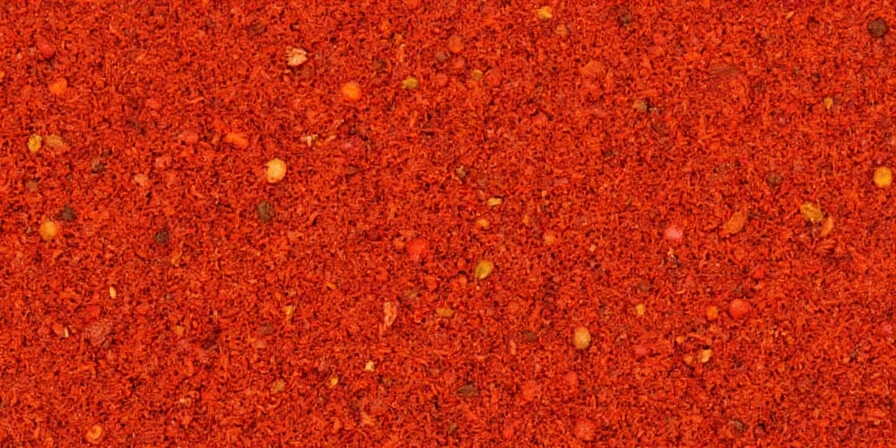
🧠 Health Benefits Beyond the Heat
Beyond its culinary appeal, Hungarian paprika offers several health perks:
- Loaded With Vitamin C: In fact, some varieties have more vitamin C per ounce than oranges!
- Anti-Inflammatory Properties: Capsaicin helps reduce inflammation and may ease arthritis pain.
- Boosts Metabolism: A little heat goes a long way in revving up your internal engine.
- Heart-Friendly: When used in place of salt, paprika can help lower blood pressure and support cardiovascular health.
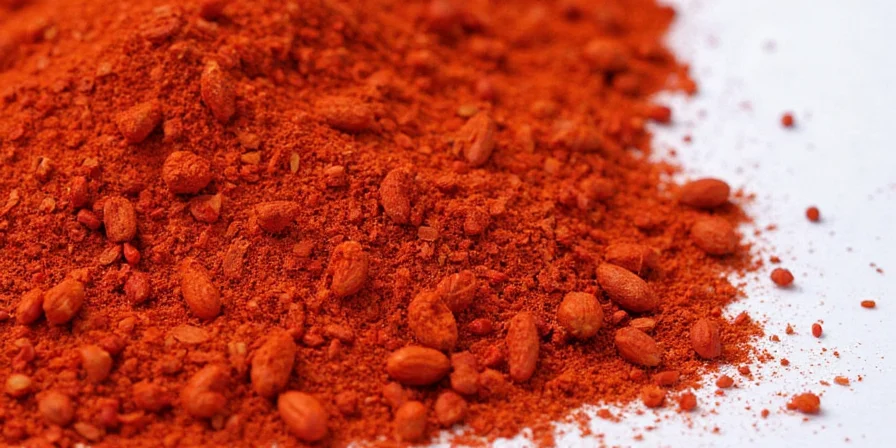
🔒 How to Store Hungarian Paprika for Maximum Flavor
To keep your paprika tasting fresh and potent:
- Store in an Airtight Container away from sunlight and moisture.
- Keep It Cool: Pantry storage is fine, but if you want to extend shelf life, refrigeration works wonders.
- Use Within 6–12 Months: Ground spices lose potency over time. Don’t be afraid to replace your old stash.
🛒 Buying Guide: How to Choose the Real Deal
With so many paprika options on the market, how do you spot authentic Hungarian paprika?
- Look for “Hungarian” on the Label — ideally from Szeged or Kalocsa.
- Check for Certification — the EU protects the name “Hungarian paprika,” so anything labeled as such should meet quality standards.
- Avoid Generic Brands unless they specify the origin and grade.
- Read Reviews — online retailers often list customer feedback about flavor intensity and aroma.
🎉 Fun Facts That Will Make You the Star of Your Next BBQ
Let’s lighten the mood with some quirky trivia about everyone’s favorite red powder:
- It once served as currency during times of economic hardship in Hungary.
- There’s a Paprika Museum in Kalocsa — complete with paprika sculptures.
- The word “paprika” comes from the Serbian word “papar”, meaning pepper.
- In folk medicine, it was rubbed onto wounds to speed healing — modern science says capsaicin might actually help!
- Some Hungarians celebrate International Paprika Day — yes, it’s a thing!
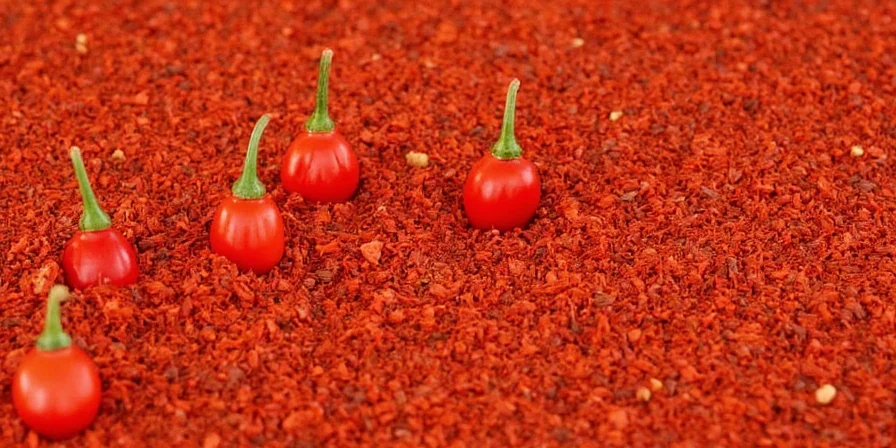
🔥 Conclusion: Embrace the Spice of Life
Hungarian paprika isn’t just a spice — it’s a flavor journey, a cultural icon, and a kitchen workhorse rolled into one. Whether you're making a hearty stew, spicing up your grilled chicken, or impressing friends with a dash of culinary trivia, paprika deserves a prime spot in your pantry.
So go ahead — open that jar, inhale that earthy sweetness, and let the colors of Hungary dance across your plate. After all, life’s too short for bland food — embrace the heat and savor every bite.

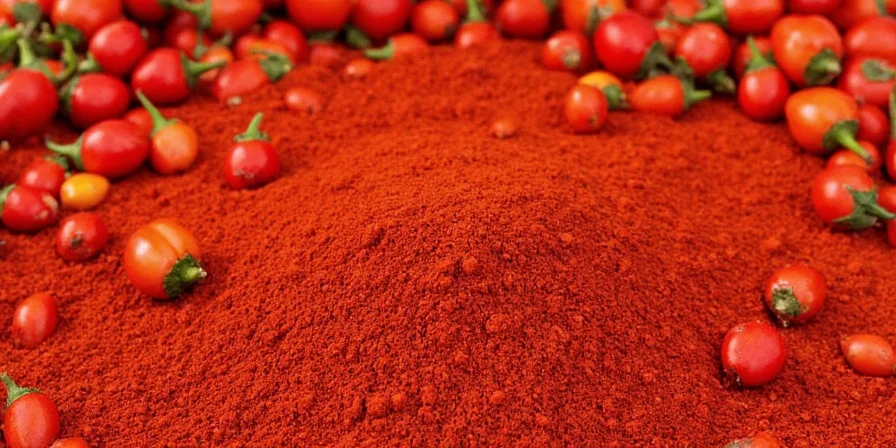









 浙公网安备
33010002000092号
浙公网安备
33010002000092号 浙B2-20120091-4
浙B2-20120091-4